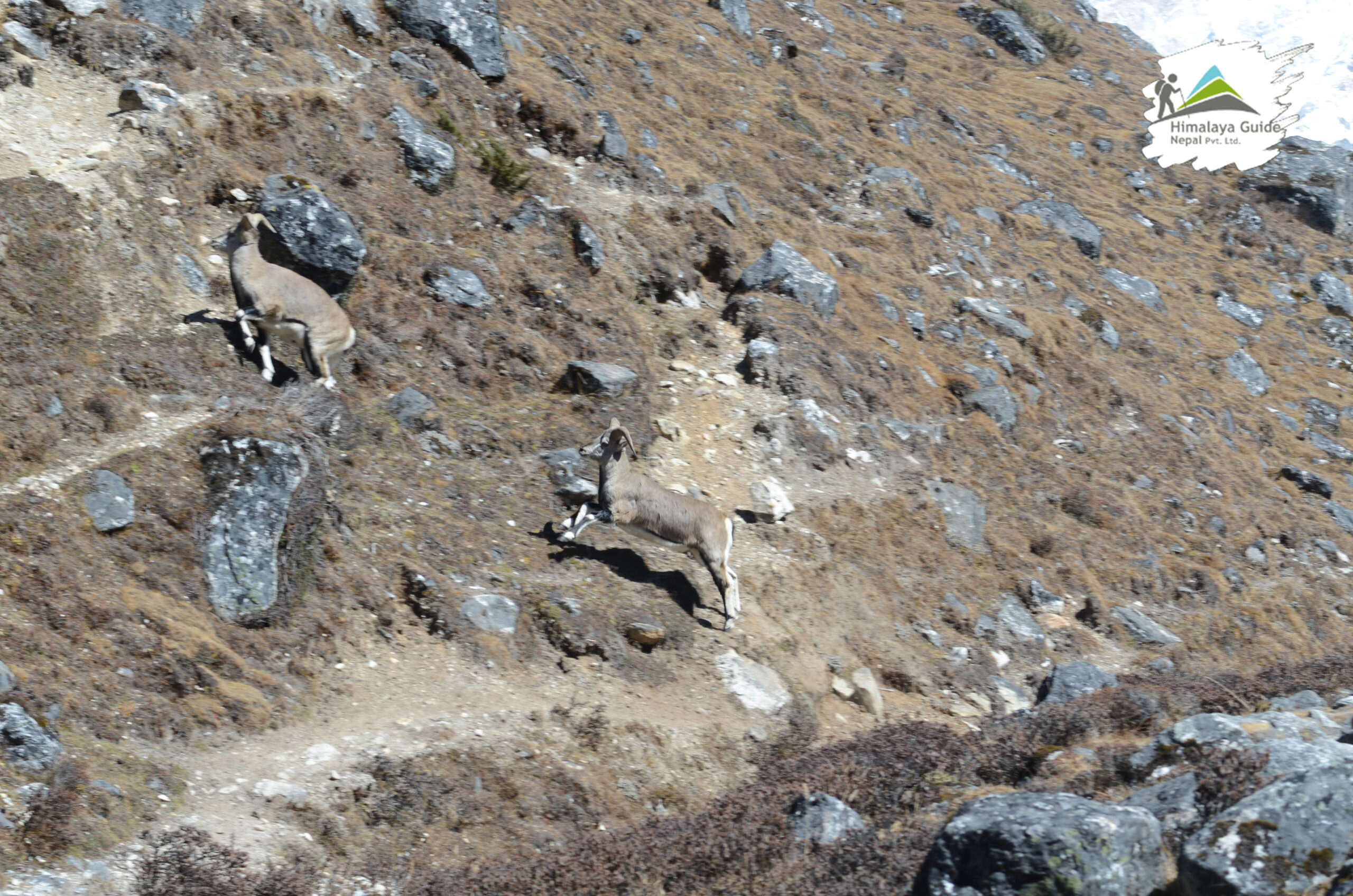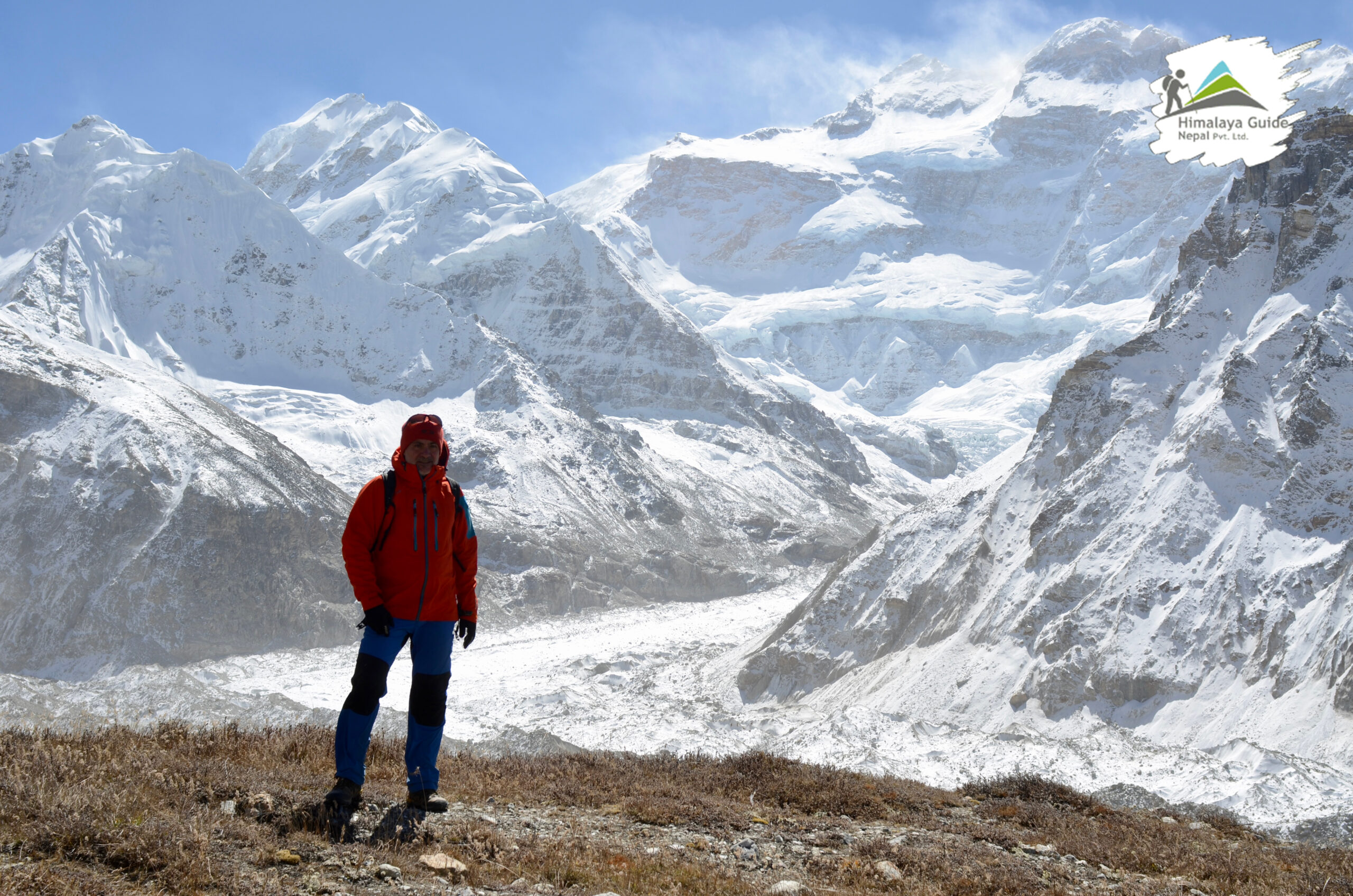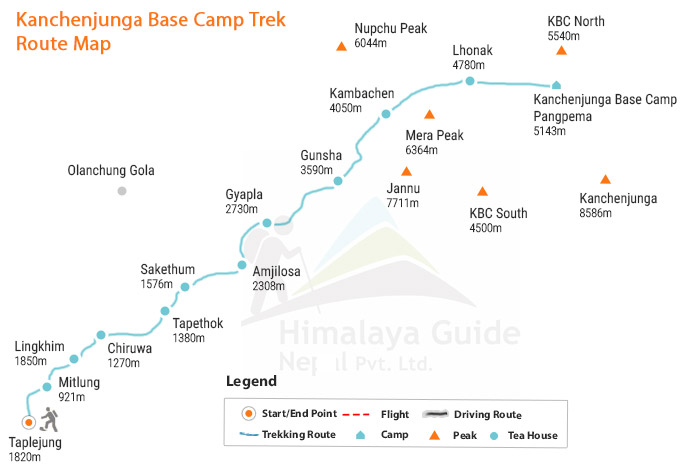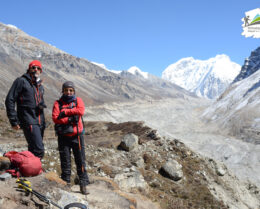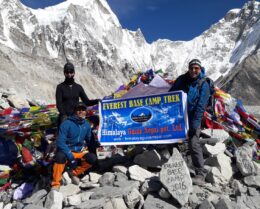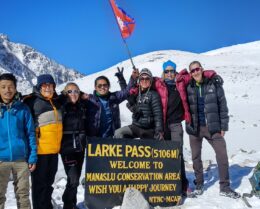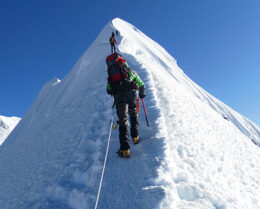Like any other Himalayan Trek, the major difficulty of the Kanchenjunga Circuit Trek is altitude sickness. The other challenges include remoteness, which is not the case with many other popular treks. Let us explore four of the primary challenges you might face during this trek:
Remoteness
The Kanchenjunga trekking region is one of the least-visited trekking destinations in Nepal. Villages are scattered far apart, and there are no medical facilities along the trail. Once trekking starts, you will leave behind all the facilities. The food options and accommodation are limited. You must be self-reliant on the trek and prepared to handle any issues caused by remoteness. Since you will be trekking with a guide, you can rely on the guide for safety.
Altitude Sickness
The trek reaches an elevation of 5,140 meters once and above 4,000 meters multiple times. It includes crossing three high passes: Sele La Pass (4,290 m), Sinelapche La Pass (4840 m), and Mirgin La Pass (4665 m). The oxygen level becomes relatively thin once you reach 3,500 meters. For someone who isn’t accustomed to such an atmosphere, they may experience breathing difficulties. This is altitude sickness. And its risk is higher in a trek like the Kanchenjunga Circuit Trek. Beyond Ghunsa (3,590 m), the risk is even greater. Hence, it is best to acclimatize at Ghunsa. Additionally, be sure to drink plenty of water.
Length and Duration
Kanchenjunga Circuit Trek takes 24 days to complete. Out of 24 days, you will be travelling on the road or by flight for 4 days, which is extremely tiring. The remaining 19 days (excluding your arrival in Kathmandu), you will walk for approximately 6 to 8 hours a day. At times, you will even have to cover about 15 km in a day. Trekking in such remoteness for such a long time can be very stressful.
Trail Conditions
Since the Kanchenjunga Circuit Trek is the least popular, with fewer than a thousand people visiting there yearly, the trails can be unmanaged. Compared to popular treks like ABC or EBC, the trails are not structured as well. There are numerous rocky sections with can be slippery. The unpaved trails can be slippery if it rains. Besides, there are landslide-prone areas on the trail. Walking on such a trail can be challenging, which may lead to injuries and accidents.


